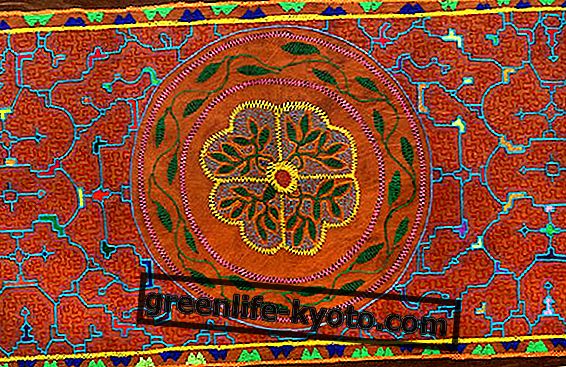
What does holotropic mind mean?
The mind is already in itself something mysterious, defined as "the set of man's faculties and psychic activities, especially rational and intellectual ones, in opposition to the body or the heart as the seat of feelings", represents a vast territory and fascinating to explore. "Holotropica" is instead a lemma that makes it seem of the semantic field proper to photography, it derives from the Greek òlos and means 'everything', 'all whole'.
In essence, as in the photographic process of holography, every part of the plate contains the entire frame, so, according to Stanislav Grof, a pioneer and author of the concept of the holotropic mind, the conscience of the individual would include not only what is the story of his life after he was born, but also two other levels: the perinatal level (related to the experience of birth itself) and the transpersonal level (related to the overcoming of the space-time boundary), thanks to which our consciousness he can have access to every aspect of the universe, to the sphere of archetypes as to the world of myth and more, developing comprehensive skills that can only benefit the individual.
The history of Grof
Stanislav Grof was born in Prague in 1931, where he studied and became a psychiatrist and researcher, starting from the teachings of Sigmund Freud and Carl Gustav Jung and going much further, towards what can be defined as metapsychology . After moving to work in the United States, the scholar remained there, still carrying out intense activity as a therapist, author, researcher and lecturer. His unconventional studies on the subject have made him known all over the world and he himself has written several books, including the best known The Holotropic Mind, The Cosmic Mind Game, Psychology of the Future and When the Impossible Happens. Close to his thoughts he sees scholars such as Joseph Campbell, Abraham Maslow, John Weir Perry, Fritjof Capra, Gregory Bateson.
From LSD to holotropic breathing: what's new?
First of all, in following the theories of the holotropic mind and putting into practice procedures aimed at the care and well-being of the individual, Stanislav Grof thought of going against the current, introducing, for example, the use of LSD as an activator of particular states of consciousness. In this sense he had in fact begun his first experiments with LSD, at the legal time. Later, when he became director of the Psychiatric Research Department at the Maryland Psychiatric Research Center, he experimented with acid as a means of alleviating the suffering of terminal cancer patients.
The merit of Stanislav Grof is also that of having developed a particular technique of evolution of consciousness, made possible through a natural method, namely holotropic breathing . This type of breathing allows a self-exploration that mobilizes the spontaneous healing potential of the psyche, which in his opinion would be able to cause, like LSD, non-ordinary states of conscience. According to Grof's theories, the experiences that emerge during this activation of the unconscious are therapeutic, as they serve to unblock stranded parts of us and emotional blocks.
Like the ancient shamans and taking up the primitive and animist ritual, Grof also includes in this process of profound knowledge the evocative capacity of music and the movements and instinct of the body. Yes therefore to magic, winking at quantum physics, mathematics and thermodynamics, Grof includes everything: materiality, spirituality, mysticism, memories of previous lives, calculus, shamanism, quantum theory, chaos theory and parallel universes that they transcend space, time and the boundaries of the ego.











